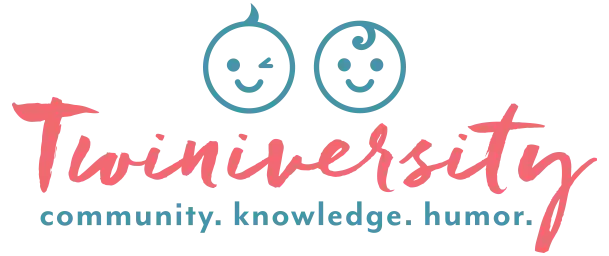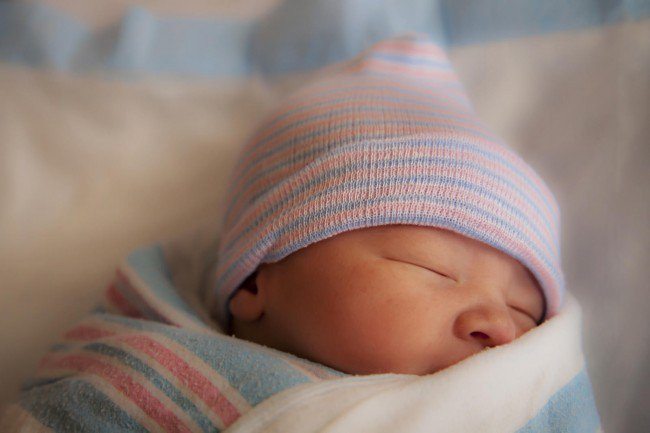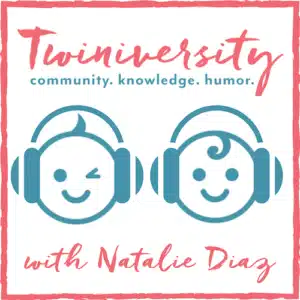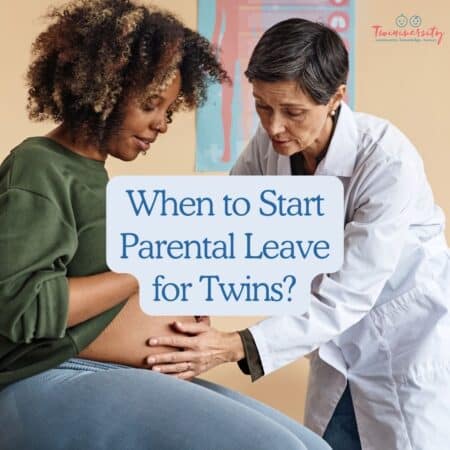Last updated on August 2nd, 2023 at 05:41 pm
The following article was originally featured on Baby Center and is being shared here with permission. This post is part of a sponsorship with Cord Blood Registry.
Recent media coverage has spotlighted innovative research exploring the use stem cell therapy to treat autism. Autism spectrum disorder is a major public-health issue. According to a recent study released by the U.S. Centers for Disease Control and Prevention, autism rates have soared in recent years, with estimates revealing that nearly 1 in 68 children cope with the lifelong developmental disability — a statistic that more than doubled between 2000 and 2010. The rising prevalence and incidence rates of autism dictate the need for research efforts to discover new treatments. The potential of stem cell therapies offers hope to families with children diagnosed with autism.
The pursuit of effective clinical applications requires a readily and abundant supply of stem cells. Umbilical cord blood can be regarded as the stem cell source of choice. Umbilical cord blood is a rich source of hematopoietic (or blood forming) stem cells, which are the building blocks of a body’s blood and immune system. During the last 25 years, stem cells from cord blood have been used in more than 30,000 transplants performed worldwide in the treatment of more than 80 diseases and disorders, including leukemia and certain other cancers. The evolution of stem cell therapies has paved the way for further research being conducted through FDA-regulated clinical trials to uncover their potential in regenerative medicine applications.

Cord blood banking is the process of retrieving the blood remaining in the umbilical cord in the moments following birth and storing it for potential future use if there is a medical need. The procedure, which can be performed following either a vaginal or C-section delivery, is painless and poses no risk to mother or newborn.
Presently, more than 90% of cord blood is discarded, limiting the potential for therapeutic use and additional research. But there are other options. Through active patient education and counseling to promote informed choice, Cord Blood Registry® (CBR®) strives to reach an increasing number of families that may benefit from cord blood banking.
CBR offers access to cord blood banking for families in need through the Newborn Possibilities Program®. For families that have been identified with a qualifying medical condition, the Newborn Possibilities Program provides no-cost newborn stem cell processing and five years of free storage. To date, over 5,000 families have participated in the program.
Expectant families may be eligible for CBR’s Newborn Possibilities Program if an immediate family member has been diagnosed with certain cancers, such as leukemia, or blood, immune, and metabolic disorders, such as sickle cell anemia, DiGeorge syndrome, and Krabbe disease, all of which may require a cord blood transplant. Families may also qualify if their newborn is at-risk for a medical condition, such as cerebral palsy, for which cord blood stem cells are currently being investigated as a potential treatment option.
My patients and their families mean the world to me, and I want to ensure they have access to the best treatment option possible. Cord blood banking is something every expectant family should know about and consider. Cord blood is used today to treat many life-threatening diseases. Additionally, using your own family’s cord blood can have significant advantages in treatments, including fewer complications and improved medical outcomes.
I encourage families with questions about their eligibility for the Newborn Possibilities Program to contact Cord Blood Registry. CBR has genetic counselors available to discuss your family’s medical history and to answer questions about how cord blood stem cells might be applicable as a potential treatment option.

Jennifer Arnold, MD, MSc, FAAP, appears on the TLC reality show, The Little Couple. Dr. Arnold is currently the medical director of the Simulation Center at Texas Children’s Hospital and is an Assistant Professor of Pediatrics, Division of Neonatology at Baylor College of Medicine.
Dr. Arnold completed her medical degree at Johns Hopkins School of Medicine. Dr. Arnold obtained a Master’s of Science in Medical Education from the University of Pittsburgh. Dr. Arnold is Board Certified in both Pediatric and Neonatal Medicine. Dr. Arnold is an active member of the American Academy of Pediatrics, Academic Pediatric Association, Society for Simulation in Healthcare, and is on the council for the National Association of Children’s Hospitals and Related Institutions.
In her ‘nearly non-existent’ free time, Jen enjoys going to the beach, travel, painting, fishing and spending time with family & friends.
This post is part of a sponsorship with Cord Blood Registry
Are You a New Twin Parent?
Check out Natalie Diaz’s book:
“What To Do When You’re Having Two
The Twin Survival Guide From Pregnancy Through the First Year”

In What to Do When You’re Having Two: The Twins Survival Guide from Pregnancy Through the First Year, national twins guru and founder of Twiniversity (and twin mom herself!) Natalie Diaz provides a no-holds-barred resource about life with twins, from pregnancy and birth all the way through your duo’s first year of life.
Accessible and informative, What to Do When You’re Having Two
is the must-have manual for all parents of twins.

Need some twin parent friends? Get the support you need with a Twiniversity Membership. Benefits include a monthly twin parent club meeting on Zoom, access to a private Facebook group just for twin parents, and a video library of twin parenting lessons. Visit Twiniversity.com/membership to join today!
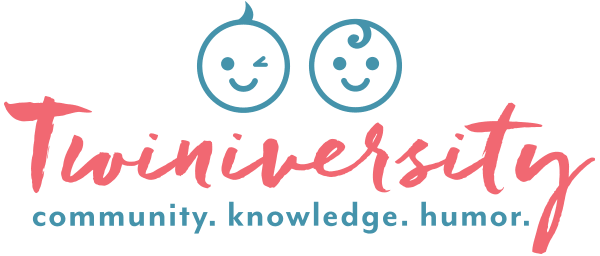
Twiniversity is the #1 source for parents of
multiples, and we are growing faster every day!
Find us all over the web:
Or contact us by email at community@twiniversity.com
